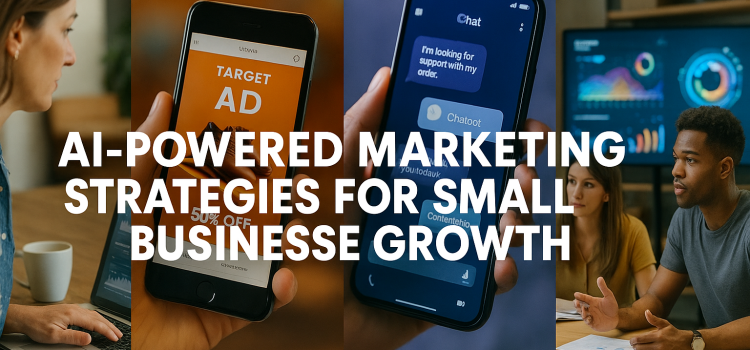
If you’re searching for your dream home in a well-connected, serene location that blends luxury with convenience, Paradise Sai World City Panvel is your destination. Nestled in the heart of Panvel, Mumbai, this iconic township offers an exceptional lifestyle, world-class amenities, and thoughtfully planned residences for every modern family. Whether you’re looking to buy property in Panvel or invest in a rapidly developing urban destination, this project is a remarkable opportunity.
Let’s explore everything that makes Paradise Sai World City Panvel a standout option—from its stunning architecture and premium amenities to carpet areas, floor plans, and unbeatable location advantages.
A Grand Township That Redefines Modern Living
Developed by Paradise Group, Sai World City is more than a residential complex—it’s a fully integrated township built on a sprawling land parcel in Panvel. This iconic project is designed with an international theme and a vision to offer a global lifestyle to Indian families. The architecture draws inspiration from some of the world’s most renowned cities, giving residents the experience of living in a global metropolis while being rooted in the heart of Navi Mumbai.
The project is being constructed in phases and offers a diverse selection of 2BHK, 2.5BHK, 3BHK, and 4BHK apartments designed for families of every size.
Why Buy Property in Panvel?
Panvel is quickly emerging as one of the most sought-after residential hubs in the Mumbai Metropolitan Region (MMR). It’s strategically located and offers easy connectivity to Mumbai, Pune, and other parts of Navi Mumbai through major road and rail networks. The development of infrastructure like the upcoming Navi Mumbai International Airport, Mumbai Trans-Harbour Link, and metro lines will further elevate the value of this region.
Here’s why buying a property for sale in Panvel, especially in a prestigious township like Paradise Sai World City, is a wise decision:
-
Connectivity: Seamless access to NH-4, Mumbai-Pune Expressway, Sion-Panvel Expressway, and the Panvel railway station.
-
Infrastructure Growth: Proximity to the upcoming international airport and upcoming metro stations.
-
Nature & Urban Blend: Surrounded by green hills and natural beauty while offering urban conveniences.
-
Educational & Commercial Hubs: Reputed schools, colleges, and business centers lie within easy reach.
Luxurious Apartment Configurations to Suit Your Lifestyle
Paradise Sai World City Panvel offers a wide range of residential configurations with spacious carpet areas and intelligently crafted floor plans. Every unit has been planned to provide maximum space utilization, natural light, and ventilation.
2 BHK Apartments
-
Carpet Area: From 636 sqft to 931 sqft
-
Ideal for small families and first-time buyers
-
Designed with optimal space for living and dining areas
2.5 BHK Apartments
-
Carpet Area: Starting from 995 sqft
-
A smart option for those who need an extra study or kids’ room
-
Combines affordability with added flexibility
3 BHK Apartments
-
Carpet Area: Ranges from 1122 sqft to 1373 sqft
-
Perfect for mid-sized families seeking spacious living
-
Thoughtfully separated living and sleeping zones for privacy
4 BHK Apartments
-
Carpet Area: Ranges from 1637 sqft to 1920 sqft
-
Tailored for large families and luxury seekers
-
Includes lavish bedrooms, elegant living areas, and modern kitchens
Each unit type comes with a distinct floor plan to suit your preferences. Whether you want open kitchen layouts or traditional formats, there’s something for everyone.
State-of-the-Art Amenities for an Elevated Lifestyle
Living at Paradise Sai World City Panvel isn’t just about a beautiful home—it’s about experiencing life to the fullest. The township offers a wealth of world-class amenities that enrich every day:
-
Luxury Clubhouses: Equipped with fitness centers, yoga zones, and indoor games
-
Swimming Pools: Multiple pools for adults and kids
-
Landscaped Gardens: Lush greenery, sit-outs, and jogging tracks
-
Children’s Play Zones: Safe, vibrant play areas for kids of all age groups
-
Sports Facilities: Tennis, badminton, and basketball courts
-
Amphitheater: Open spaces for entertainment and cultural activities
-
Retail & Commercial Spaces: Convenience stores, cafes, and more within the township
These amenities have been designed to promote wellness, community interaction, and a healthy work-life balance.
Prime Panvel Location with Seamless Connectivity
The location of Paradise Sai World City Panvel adds unmatched value to your investment. Positioned near major roadways, transport hubs, and key urban developments, the township offers both convenience and future growth.
Location Highlights:
-
5 minutes from Panvel Railway Station
-
10 minutes from Mumbai-Pune Expressway
-
30 minutes from the upcoming Navi Mumbai International Airport
-
Close to major IT Parks and business zones in Navi Mumbai
-
Surrounded by nature with hills and rivers adding scenic beauty
This connectivity ensures that you stay linked to work, school, healthcare, and recreation without facing long commutes.
Why Choose Paradise Sai World City Panvel?
When you choose to invest in Paradise Sai World City Panvel, you’re not just buying a home—you’re embracing a complete lifestyle in a township that’s built for the future.
Key Reasons to Buy Property in Panvel at Paradise Sai World City:
-
World-Themed Design: Inspired by global architecture for a unique living experience
-
Large-Scale Township: Integrated living with residential, retail, and recreational zones
-
Excellent Carpet Area Range: Spacious homes designed with functional layouts
-
Comprehensive Amenities: Every comfort you need within walking distance
-
Top-notch Construction Quality: Backed by Paradise Group’s trusted legacy
Whether you are a homebuyer or an investor, this property for sale offers immense potential. Its floor plan flexibility and variety in carpet area make it a suitable choice for nuclear families, growing families, and even joint families.
Invest in Your Future with a Dream Home in Panvel
Panvel is growing, and Paradise Sai World City is at the forefront of this transformation. This township offers more than a residence—it delivers a lifestyle that balances comfort, convenience, and class.
Imagine waking up to breathtaking views, enjoying world-class amenities, and returning each day to a space that feels like a luxurious retreat. That’s the experience that awaits you at Paradise Sai World City Panvel.
Contact Housiey to schedule a visit to the project site today and explore the apartments in person. Whether you’re looking to invest or searching for your dream home, don’t miss the opportunity to own a piece of this landmark development in Panvel.



























